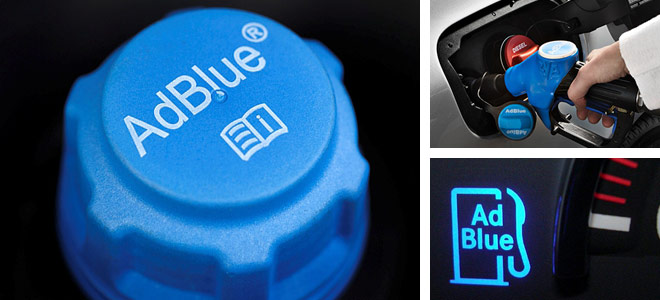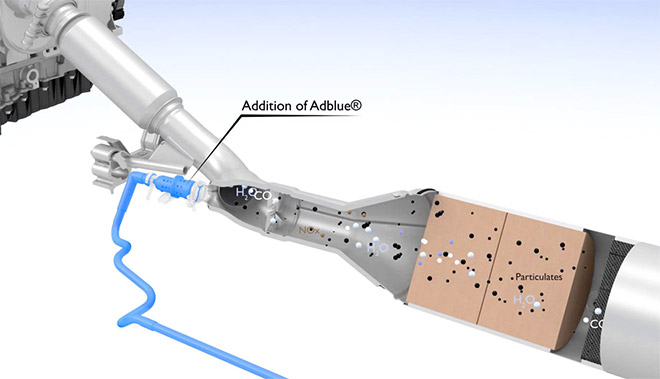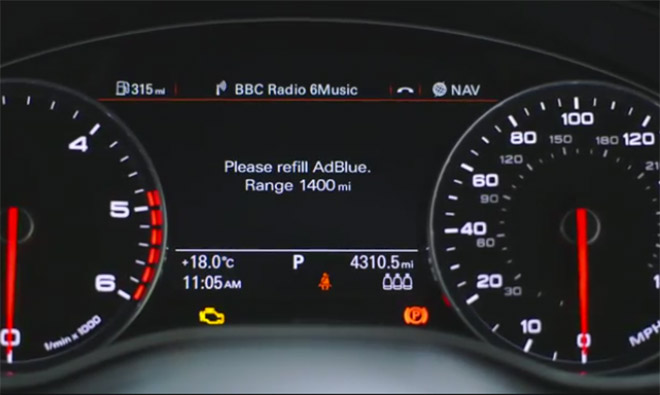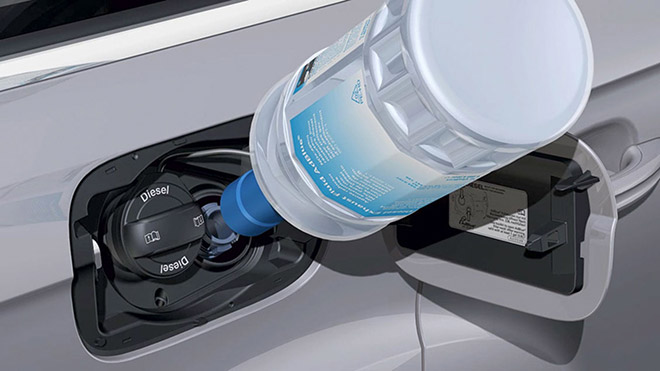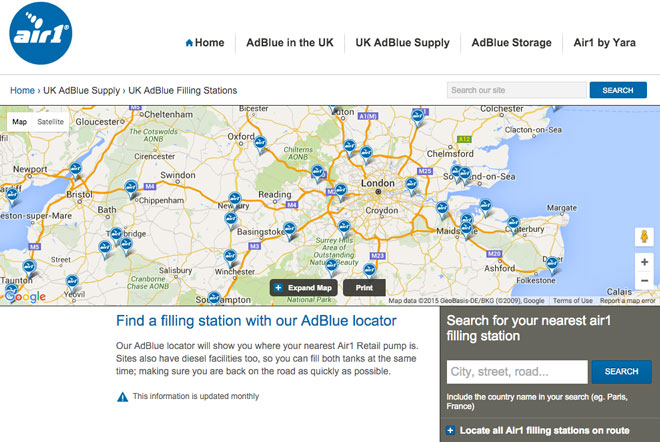Plans, legislation changes, and charges are stepping up a gear in London as Mayor Sadiq Kahn has revealed new proposals for the ongoing improvement to air quality and emissions standards across London. The Toxin Charge already in force is to be replaced on 8th April 2019, by the ULEZ – Ultra Low Emissions Zone – a clean air zone monitored 24/7 across the capital’s existing Congestion Charge Zone.
This new charge will affect a far wider range of vehicles than the current restrictions – for example, two-wheel vehicles are to be included – and vehicles not meeting the ULEZ standards will be charged £12.50 per day to drive into the Zone.
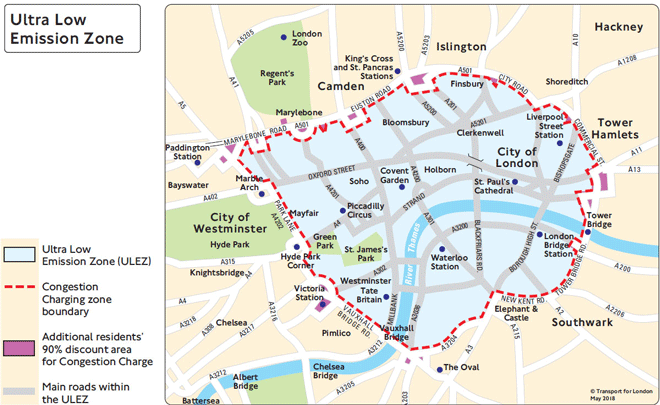
The ULEZ standards are proposed as follows:
• Euro 3 for motorcycles & mopeds
• Euro 4 for petrol cars, vans & minibuses
• Euro 6 for diesel cars, vans & minibuses
• Euro VI for lorries, buses & coaches.
As a guide, nearly all petrol vehicles manufactured since 2005 will be ULEZ compliant; your V5C (vehicle registration document) will give information on your vehicle’s Euro emission standard.
Check your vehicle now on the TFL website: click here.
ULEZ – Phase 2
Restrictions will be tightened across a wider range of heavy vehicles from October 2020, and, as a further drive towards cleaner air in the capital, Kahn has announced that the ULEZ will be extended outwards as far as the North and South Circulars by October 25th, 2021.

Full details can be found here – including information on transition discounts for residents of the areas being incorporated.
The new measures are predicted to affect over 100,000 cars, 35,000 vans and 3,000 lorries every day. Critics say it will be the final straw for small businesses. But for the 100,000+ Londoners who will no longer live in areas where the air they breathe exceeds the legal limits for pollution, it’s a vital move forward. Further data shows over 9,000 Londoners die prematurely each year as a direct result of air pollution, and that it creates a £3.7billion drain on London’s economy – there’s a clear and necessary drive towards cleaner air.
Drivers should note that the ULEZ charge will be in addition to the existing weekday Congestion Charge (7am – 6pm Monday to Friday; two-wheeled vehicles are not affected ) as well as the LEZ (Low Emission Zone) charge for heavy diesel vehicles.
Full details on the various charges applicable when driving in London can be found here.
Ban on New Petrol and Diesel Engines
Further acceleration to air quality improvements were announced this week as talks between Sadiq Kahn and a number of leaders from major cities across the UK focused on the government’s proposed 2040 ban on sales of new petrol and diesel vehicles. They motion to bring the ban forward ten years to 2030.
It remains unclear whether this includes Hybrid engines too, but further details on this ‘Road to Zero’ initiative are due to be released soon.
“Banning the sale of new petrol and diesel vehicles by 2030, providing support to deliver Clean Air Zones in cities and introducing a national vehicle renewal scheme will dramatically improve our air quality and our health.”
Sadiq Khan, Mayor of London
The Diesel Debate
Not surprisingly, there remains much confusion over the diesel/petrol debate in the aftermath of Dieselgate – but manufacturers are working hard to ensure modern diesel engines are as clean if not cleaner than petrol equivalents. This is certainly the case in terms of their lower CO2 emissions. The sector faces a perhaps unfairly accelerated decline, especially across Europe where tax hikes and clampdowns on diesel vehicles are gaining traction – but the greater fuel economy and pulling-power of diesel engines can’t be disputed.
Take Our Advice
If you’re looking for a new vehicle, come and talk to us about your requirements. With changing legislations, charges, and accessibility into London (and soon other city centres) choosing the right vehicle has never been more important, particularly when driving for business. Leasing is the future-proof solution – it makes the very best sense for minimising your emissions, as well as your outgoings – all with minimum commitment.
We can offer new and nearly-new vehicles available on a range of contracts from short-term to four-year deals, so call our team on 01753 851561 – we’ll help get you moving… and keep you moving!
For more background, read our previous post on The T-Charge, Toxin Taxes, and Diesel Engines.
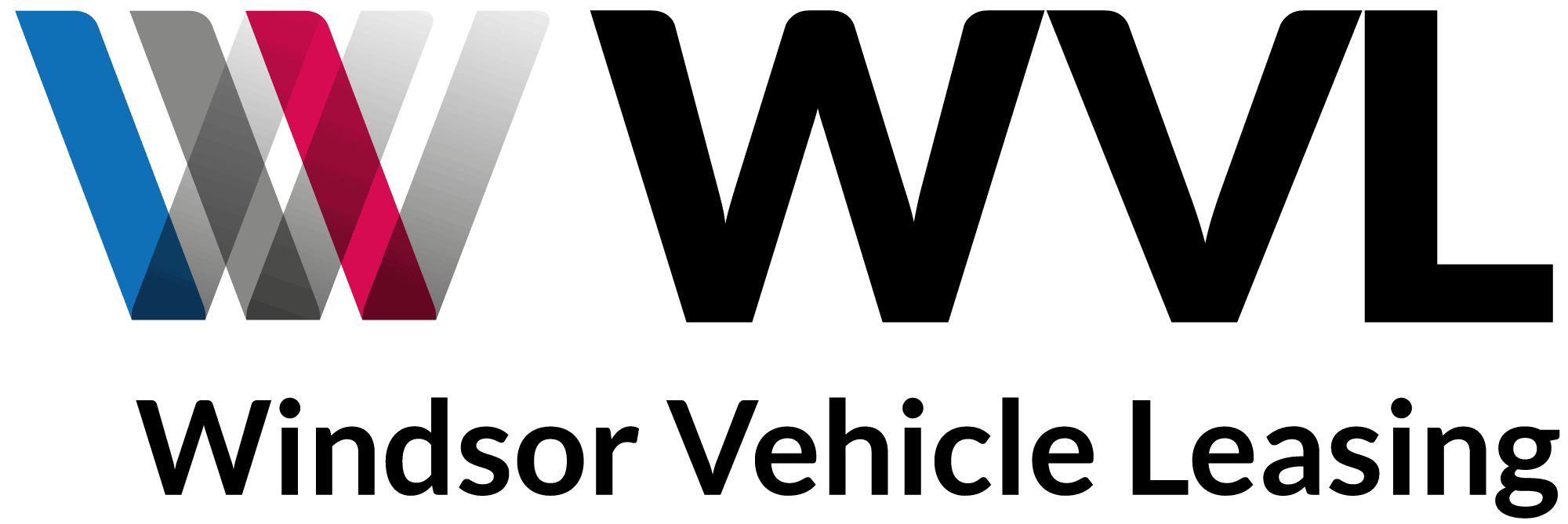

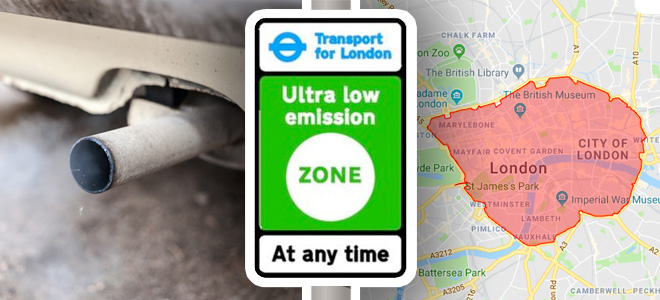
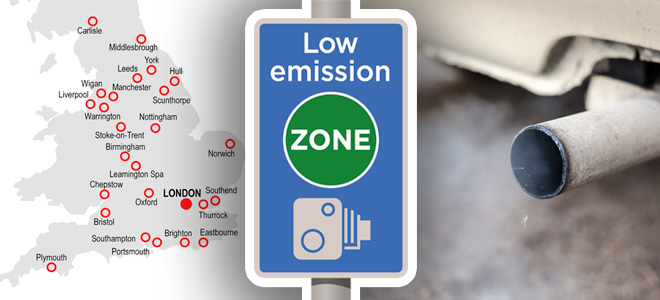

 Other polluted cities across England will also face the new restrictions with Toxin Taxes up to £20 per day, or even bans for the heaviest polluters during peak times. These measures are planned for up to ten more town centres, another 25 more where commercial diesels will be the targets, along with increased parking fees in at least 15 towns and cities. The finer details are yet to be worked out, but Environment Secretary Andrea Leadsom has suggested the rules for each location will be written on a case-by-case basis and will announce outline measures imminently.
Other polluted cities across England will also face the new restrictions with Toxin Taxes up to £20 per day, or even bans for the heaviest polluters during peak times. These measures are planned for up to ten more town centres, another 25 more where commercial diesels will be the targets, along with increased parking fees in at least 15 towns and cities. The finer details are yet to be worked out, but Environment Secretary Andrea Leadsom has suggested the rules for each location will be written on a case-by-case basis and will announce outline measures imminently.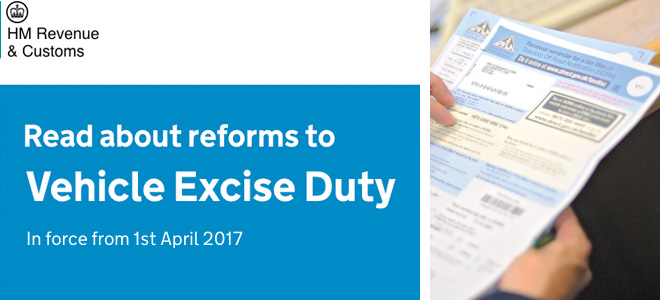

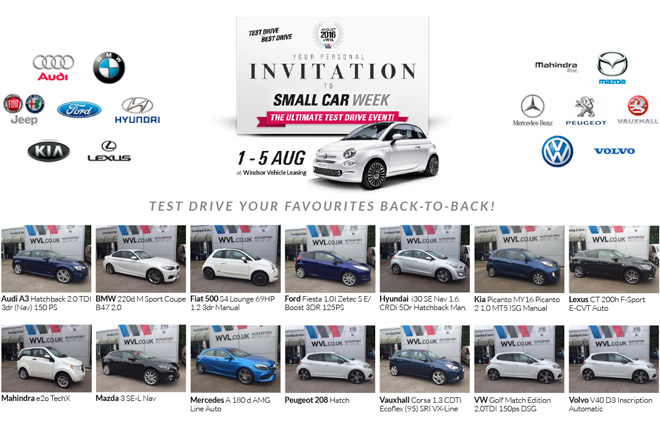
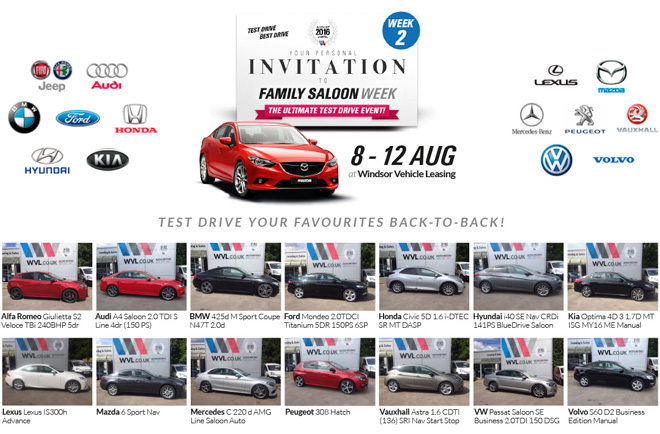
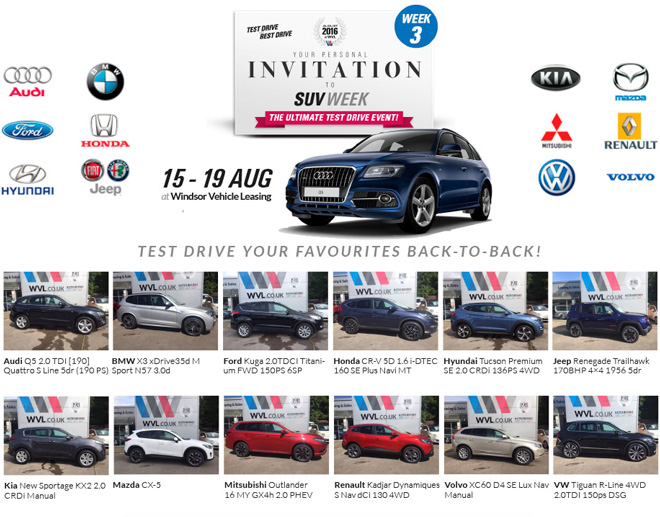



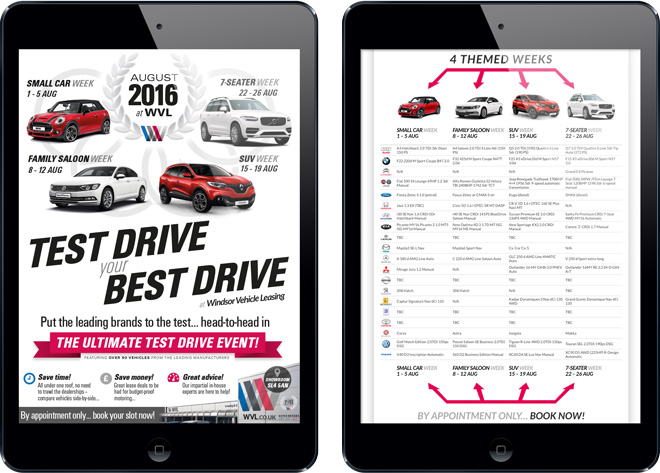
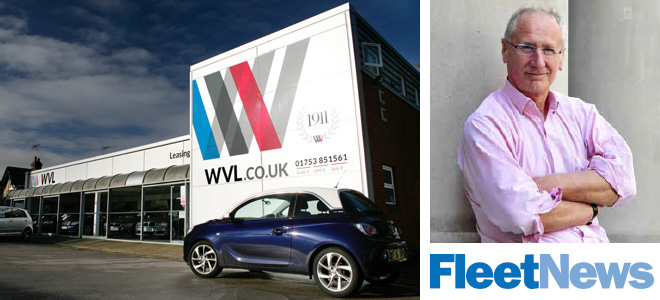
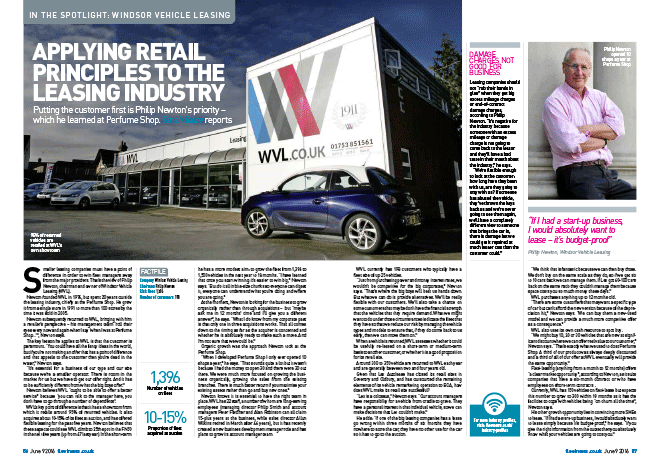

 New for 2015, WhatCar? introduced the
New for 2015, WhatCar? introduced the 


